It is perhaps the most recognizable product in the world and has its name associated with positive or even negative concepts, depending on how everyone evaluates entrepreneurship and profit in the so-called capitalist economy. She comes from the USA - and this has contributed to her positive reputation but also to giving her a touch of imperialist momentum - as for some her highly successful presence in international marketing is the red color for the bull.
Of course, this is Coca Cola, the soft drink that has been on store shelves, consumer tables for decades and dominates advertising campaigns. However, the history of the famous drink, as well as its ingredients, are not as well known as this.
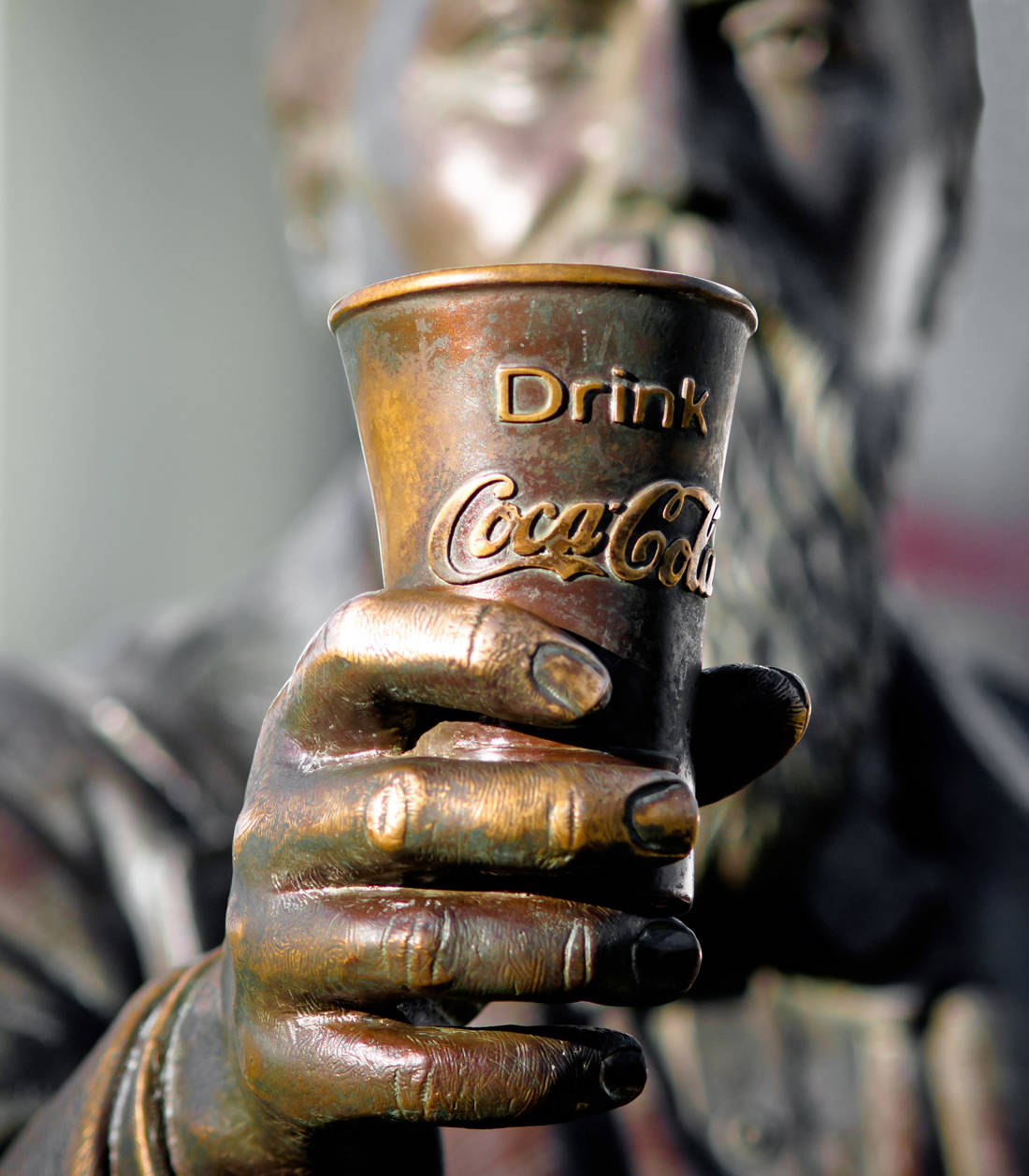
The history of Coca Cola began in 1886, when pharmacist John Pemberton tried to make a formulation to fight headaches and stimulate the body. So, trying different combinations, he came up with a caramel-colored syrup. Confident of the success of his prescription, the pharmacist showed his creation to a colleague. The two of them added carbonated water to the syrup and started selling it for 5 cents a glass.
People, although at first found the syrup to taste strange, started buying it and by the end of the year Pemberton had sold a total of 25 gallons of syrup. The syrup soon gained a name, known to this day as "Coca Cola", thanks to the pharmacist's accountant, who used the letter "C" from cocaine, which was originally one of the syrup's main ingredients. Later, of course, cocaine was removed from the ingredients and caffeine quadrupled. An accountant wrote the brand by hand, using his own graphic character and created the logo. The creator of the syrup could not manage the marketing, like the businessman who bought the "Coca Cola". Three years later he sold his company rights to businessman Aiza Candler. He founded the "Coca Cola Company" and worked to promote the product. His efforts focused on making the logo familiar to consumers. Thus, he distributed various items with the trademark of the soft drink everywhere, from watches, calendars, posters to pharmaceutical scales.
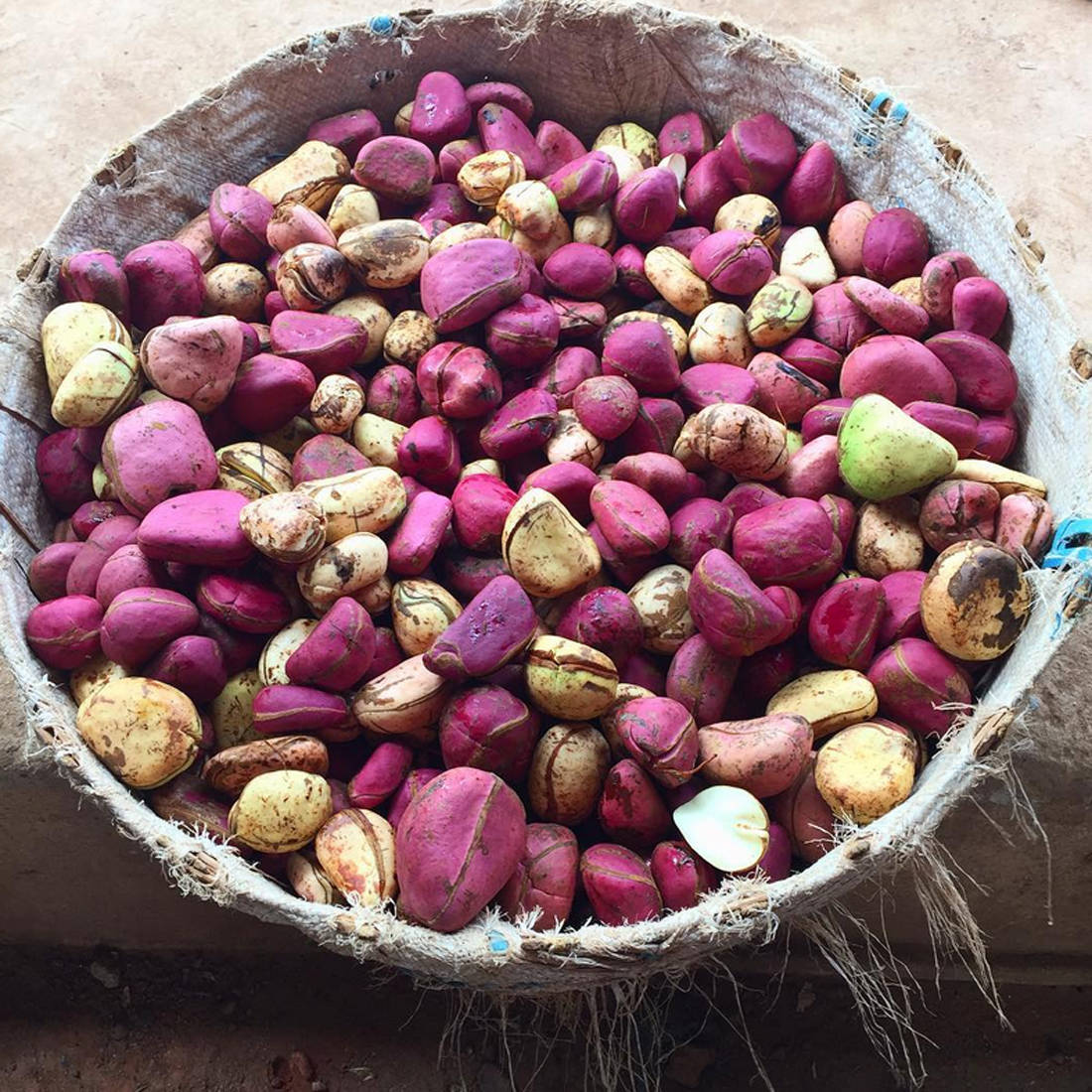
One may have heard that Coca Cola once contained an ingredient capable of "triggering" a particular addiction in consumers: cocaine. The word "coca" in the name referred to the extracts from the coca leaves that the chemist John Pemberton mixed with sugar syrup.
At the time, in the late 19th century, coca extracts mixed with wine were a popular tonic, and Pemberton's sweet blend was a way of circumventing local laws banning the sale of alcohol. But the other half of the name represents another ingredient, perhaps less well known, but just as strangely powerful: cola.
The pod of the cola fruit, if one did not have the pleasure of seeing one up close, is about 5 cm long and is green. Inside the shell there are lumps of juicy flesh like the chestnut, but reddish or white in color. In West Africa, the natural environment of the local cola fruit, people have long chewed it as a tonic. This is because the fruit contains caffeine and theobromine, substances that are naturally present in tea, coffee and chocolate. It also contains sugar and kolanin which are rumored to be tonic for the heart.
Cola cultivation in West Africa has a history of hundreds of years. Historian Paul Lovejoy claims that for many years deciduous trees were easily planted in tombs and used in ceremonies to enter adolescence. Although the fruits, which must be kept moist, are quite sensitive to transport, traders carried them for hundreds of miles through the forests and the African savannah. Their value is shown by the way they were used: in 1581, the leader of the Songhai Empire in the western Sahel (the climatic and biogeographical zone that separates the Sahara from the Sudanese savannah in central Africa) sent to Timbuktu to build a glass, a luxurious gift of gold, seashells and cola nuts.
The Europeans did not know anything about the wrist until about 1500 AD, when Portuguese ships reached the coast that is now Sierra Leone, the historian continues. And while the Portuguese engaged in trade, transporting the fruits along the African coast along with other goods, until 1620, when the English explorer Richard Jobson managed to reach the Gambia, cola was still something strange in his eyes.
"When we were at the top of the river, people brought us plenty of fruit, which made us wonder, but we did not appreciate them or were interested in buying them," the explorer wrote. Jobson was unable to return to England and transfer cola to his king, as he grew old there or became food for African worms.
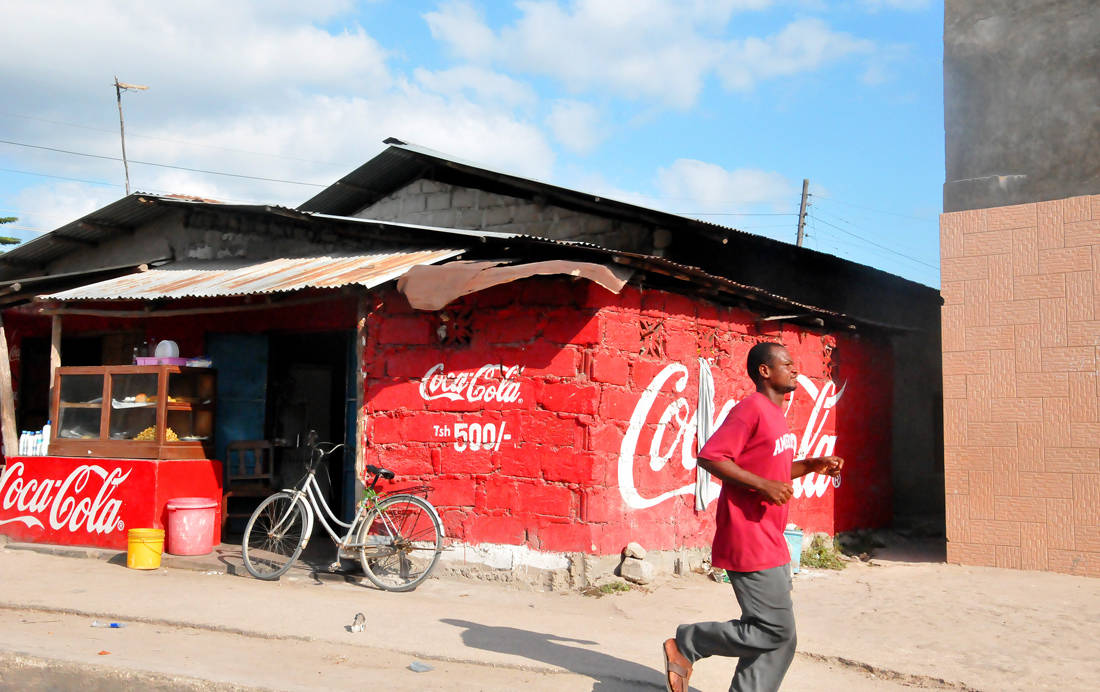
Of course, this ignorance did not last long. By the end of the 19th century, tons of cola were shipped to Europe and the United States. In many cases they were used as tonics and were intended to become a kind of energy drink. "They contain the combination of active ingredients of cola fruit and coca leaves," their labels read. "They alleviate hunger and prolong endurance." Users had to take one at a time "when they were under constant mental strain or physical fatigue".
An extremely popular medicinal drink of the time was Vin Mariani, a French product containing coca extract mixed with red wine. It was prepared by a French chemist, Angelo Mariani, in 1863, and Pope Leo 0 13 was a loyal follower. He even appeared in posters of Vin Mariani. Queen Victoria, inventor Thomas Edison and Sherlock Holmes author Arthur Conan Doyle are also said to have been fans of the preparation. But this was another tonic drink among many others, at a time when similar "magic filters" for the nerves were known to give brilliant results, according to the BBC.
So when Pemberton created this mix, it was the last incarnation of a constant trend. And while cocaine was disappearing as a soft drink ingredient, cola extract drinks - also known as cola - automatically multiplied and spread.
In its first year, Coca-Cola was served an average of nine times a day at places selling soft drinks in Atlanta, according to company statistics. As its popularity grew, the company sold the bottling rights to the soft drink, so it could "travel" the product more easily. The rights were secured by two lawyers, Benjamin Thomas and Joseph Whitehead. A little later, the well-known glass bottle of "Coca Cola" was released on the market, to avoid imitations. To this end, advertisements were released, which pointed out to consumers to demand the authentic "Coca Cola". Efforts to copy the soft drink never stopped, but the main competitor is always "Pepsi Cola". Today, about 1,9 billion Coca-Cola soft drinks are sold daily.
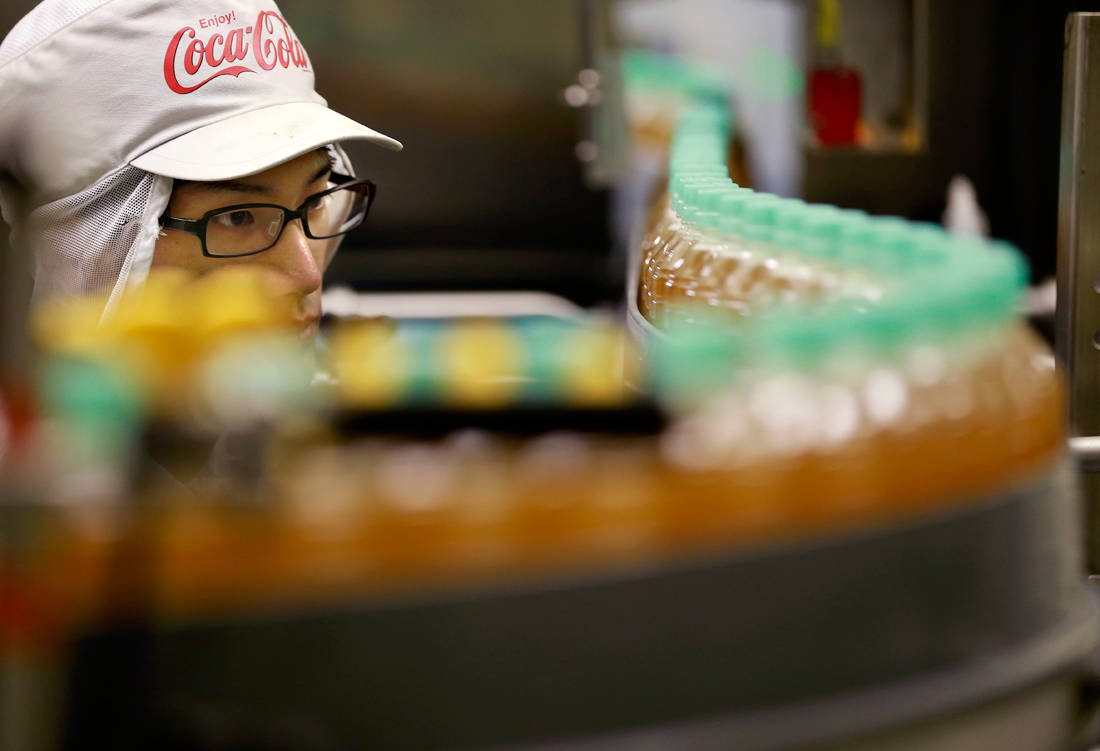
One of the greatest successes of "Coca Cola" was its deployment to US forces during World War II. According to an official decision, every American in uniform had the right to buy a bottle for 5 cents, no matter what country he was in. In this way, the soft drink crossed the borders of America and spread to many countries. Another "success" of Coca Cola was that she dressed Santa Claus in red to match the corporate color. Today, "Coca Cola" is identified with American culture, while its logo is recognizable by 98% of the population.
In Greece, the soft drink was licensed by the General State Chemist in February 1964. However, "Coca Cola" appeared in stores five years later.
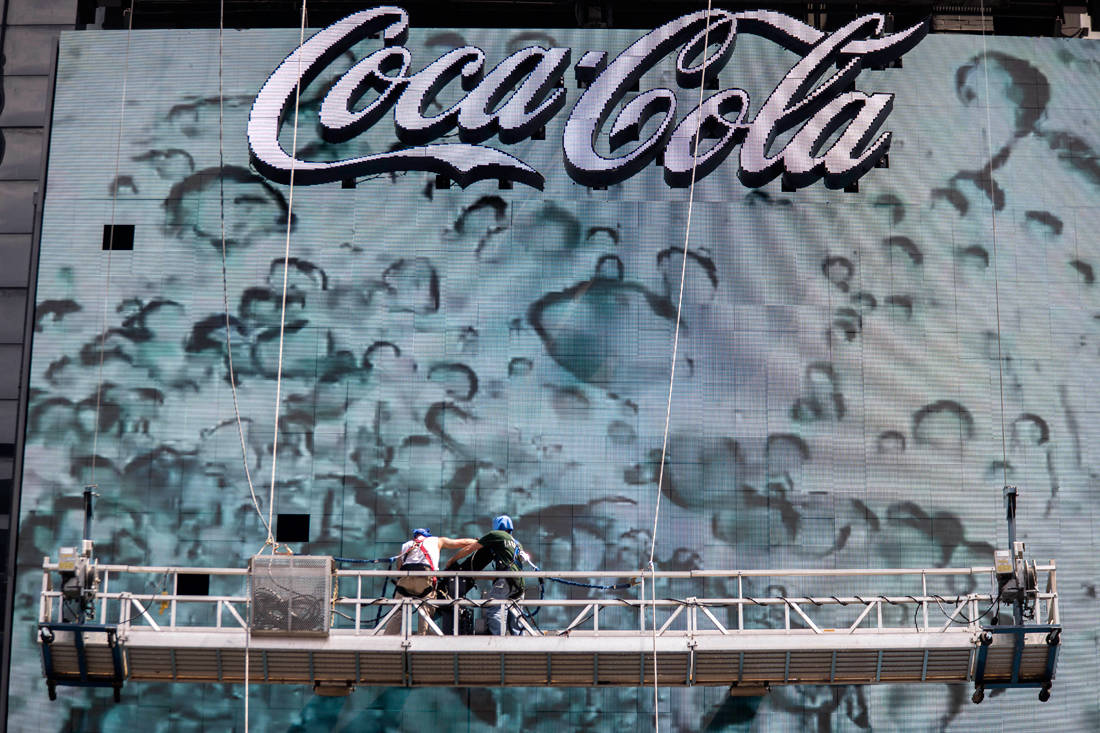
The product has become so iconic that attempts to change its flavor in 1985 - to become sweeter in one go to boost sales - have proved disastrous with widespread reactions and outrage from consumers. "Classic Coca Cola" returned to store shelves just 3 months after the release of "New Coca".
Urban legend has it that the Coca Cola recipe is a seven-seal secret. However it is said that it no longer contains cola fruit extract and instead relies on artificial imitations to achieve a similar taste. Recipes for making a soft drink cola abound: if you mix oleaginous oils, orange essential oil, caramel and vanilla among other tinctures, the strong taste of cola fruit can bring the soft drink closer. The strong taste of caffeine will always be present, giving an idea of what attracted people in West Africa, Atlanta and around the world to this unique fruit.
